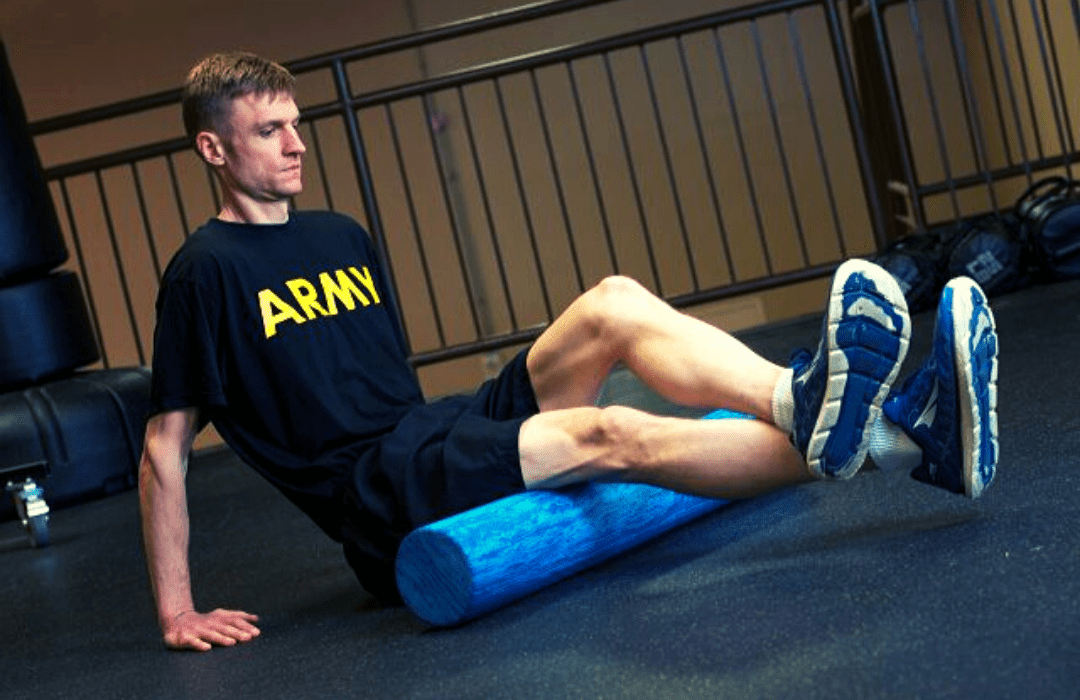Relax as hard as you train - tips on how to relax and rest
Training takes a lot out of your body. It depletes your energy resources and even causes microscopic damage to your muscles. That might sound distressing, but it's actually good news. When you break your body down, given adequate time for rest and repair, it bounces back stronger. This is a survival mechanism – your body wants to make things easier for the next time you expose it to a similar source of stress.
The faster and more completely you can recover between workouts, the sooner you can train again. More workouts mean faster progress – no matter what your goal might be. Use these recovery-boosting strategies to make sure you are ready for more training sooner, rather than later.
- Promote venous return with post-workout cardio
When you exercise, blood is preferentially shunted toward your working muscles. After exercising that blood is deoxygenated and loaded with lactic acid. This is not a suitable environment for a speedy recovery.
Re-oxygenate your muscles and flush out lactic acid by performing 5-10 minutes of light cardio immediately after your main workout. Non-weight bearing exercise is best, so use an exercise bike or rower. Shoot for 50-60% of your maximum heart rate, or RPE 5-6. This should feel easy, and not be something to dread.
- Stretch and roll
After your workout, your muscles will feel tired and tight. Fix that by gently stretching and foam rolling all your major muscles. 30-60 seconds of stretching per muscle is adequate, plus a few minutes of foam rolling for anywhere that feels especially tight. This should take no more than ten minutes.
Short of time? Do your stretching and foam rolling at home when it may be more convenient, while watching TV or before bed for example.
Stretching and foam rolling restores your muscles to their usual resting length, while relieving tension, enhancing blood flow, and potentially reducing soreness.
- Liquid calories, protein, and carbs
After your workout, your muscles are very receptive to nutrients. They will absorb and utilize almost anything consumed at this time. The more nutrients you can cram into your muscles and liver in the immediate aftermath of your workout, the faster you’ll recover.
Make the most of this phenomenon by consuming a liquid meal that's high in calories, carbs, and protein, as soon as your last rep is done. Avoid fruit and fructose, which are slow to digest, and consume glucose instead. Also, avoid fats at this time too – even the healthy ones. Shoot for around 30-40 grams of protein, a similar amount or more carbs, totaling approximately 300-500 calories, depending on your weight and goals.
Supercharge your post-workout liquid meal by adding creatine.
- Hot and cold showers
Continue your enhanced recovery protocol with alternating hot and cold showers. Heat expands your blood vessels, while cold makes them contract. This provides your blood vessels with a micro workout that enhances circulation, flushing out more lactic acid, and increasing oxygen. Some research suggests that alternating hot and cold showers will also increase testosterone and growth hormone production.
Simply turn the water up as hot as you can tolerate it for 30-60 seconds, and then switch to cold. Make sure the water runs over your chest, back, and legs. Finish this protocol with cold water therapy.
- Eat to recover
Even if you chug down your post-exercise recovery drink, your body still needs calories, carbs, and protein to continue recovering. Make sure that, within a couple of hours of your workout, you eat a high-quality meal designed to provide your body with what it needs. This is not a time for chips and a beer; you need lean protein, vegetables, and complex carbs, plus some healthy fats.
- Walk it off
While you might be tempted to be very inactive between workouts, to conserve energy or because you are tired and sore, you will recover faster if you get up and move. Walking is arguably the most accessible, effective thing you can do between workouts to enhance recovery. A gentle walk will provide your lower body muscles with a much-needed stretch, as well as pumping oxygenated blood around your body. 20-40 minutes is all you need. It’s also relaxing and helps lower cortisol levels. Cortisol is your stress hormone and, if allowed to raise, will delay recovery.
- Sleep it off
Your body does the majority of its recovering when you sleep. For that reason, if you train hard, you need to sleep hard too. 6-8 hours of sleep per night are crucial, and regular power naps can also enhance recovery. If sleep doesn't come easy, consider using something like melatonin, 5HTP, ZMA, or any other natural sleep enhancer.
Recovery is often thought of as a passive activity, and while it will happen eventually if you take a more active role, you can recover faster and more completely. Take control of your recovery, and you'll be able to train harder, more often, and make better progress.

